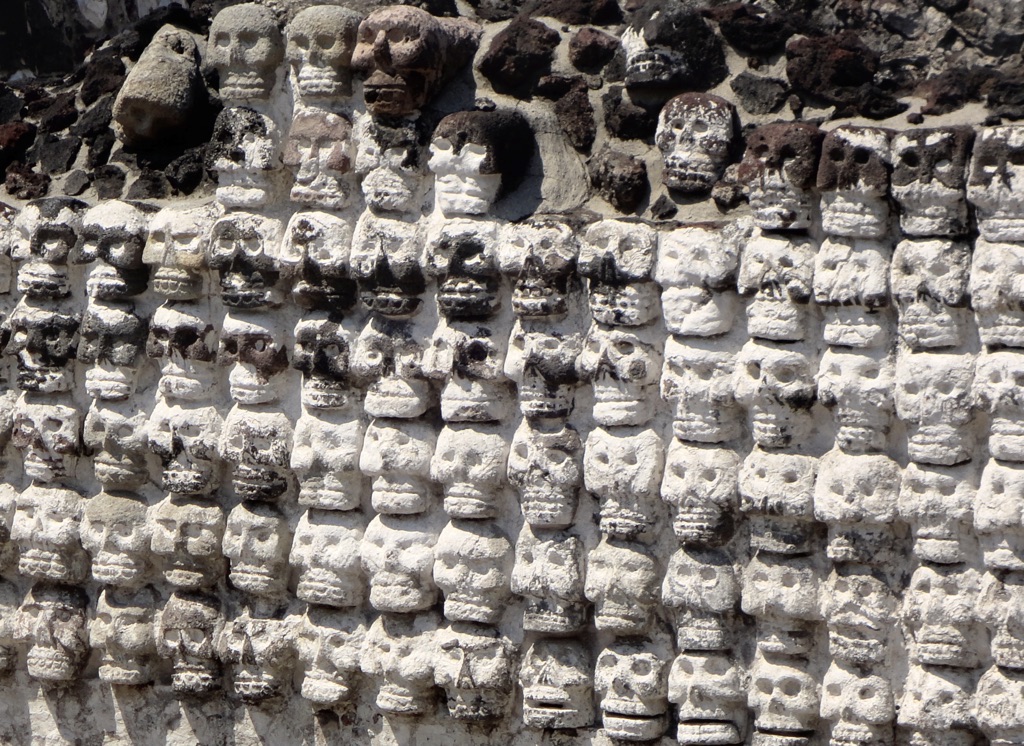The Tzompantli, an emblematic structure of Aztec civilization, showcases the ritualistic and cultural significance of Mesoamerican societies. These skull racks were not mere morbid decorations but held deep spiritual and religious meaning. They were used to display the skulls of war captives and human sacrifice victims, reflecting the Aztecs’ belief in life, death, and rebirth. These artifacts of a past civilization provide a window into the complex belief systems that governed the indigenous peoples of what is now Mexico before European contact.
The Aztec Empire
Aztec Empire Historical Sites and Ruins
Aztec Mythology
| Huitzilopochtli – Aztec God |
| Quetzalcoatl – Aztec God |
| Tezcatlipoca – Aztec God |
| Tlaloc – The Aztec Rain God |
Aztec Artifacts
| Monolith of Tlaloc |
Aztec Historical Figures
| Montezuma II |
| Cuauhtémoc |
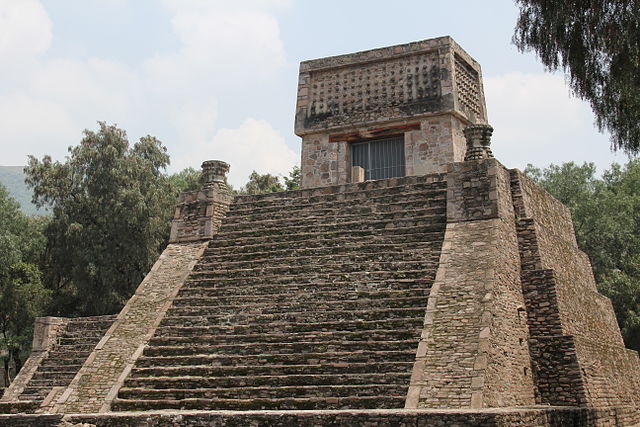
Santa Cecilia Acatitlan
Santa Cecilia Acatitlan is a significant archaeological site located in the municipality of Tlalnepantla de Baz, in the State of Mexico. The site is known for its well-preserved Aztec temple and is believed to have been an important ceremonial center during the Postclassic period. The area was initially inhabited by the Otomi people before being conquered by the Aztecs in the 15th century. The site provides valuable insights into the architectural style, societal organization, and religious practices of the Aztec civilization.
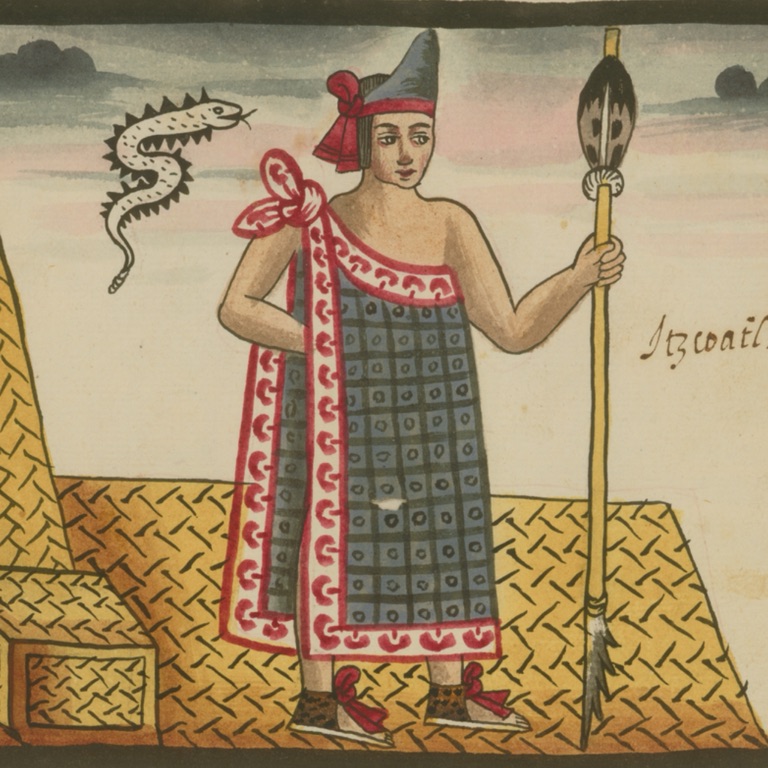
The Glory and Downfall of the Aztec Empire
The Aztec Empire was powerful and advanced in pre-Columbian America, known for its strength and innovation. Their story is one of rapid rise to dominance and an equally swift downfall. The Aztecs captivated the world with their complex society, impressive city-planning, and controversial rituals. We still find their accomplishments fascinating and the negative aspects of their culture that caused their downfall.
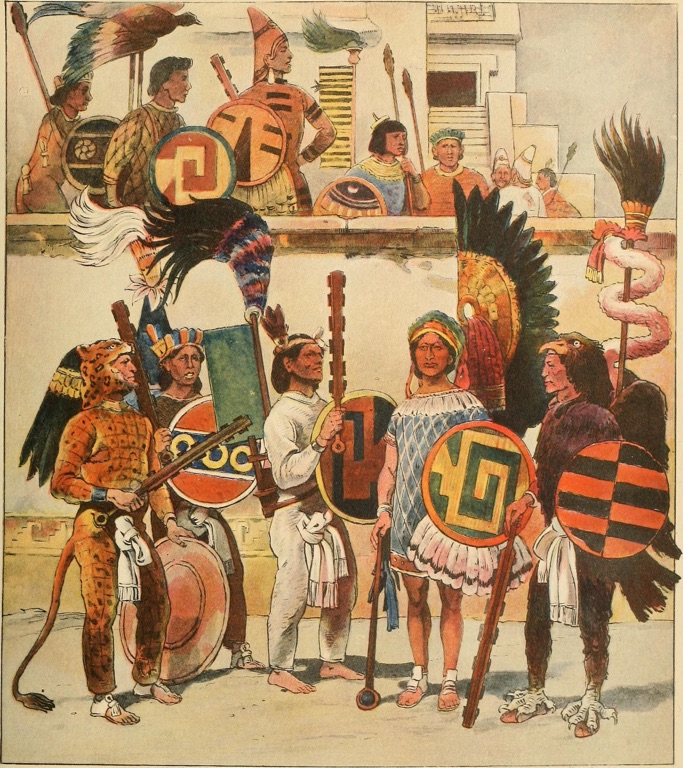
Aztec Innovations and Daily Life
The Aztecs were a highly inventive and complex society. They crafted a world with detailed social systems, grand cities, and forward-thinking technologies. Beyond their known military achievements, they left a mark on various aspects of life. This article peeks into the Aztec way of life, examining their food, clothing, and social structures.
Everyday activities for the Aztecs were full of cultural meaning. They weren’t just fierce warriors; they were farmers, crafters, and merchants who carved out a distinctive lifestyle. We will delve into their daily practices, values, and enduring innovations that continue to capture our interest.
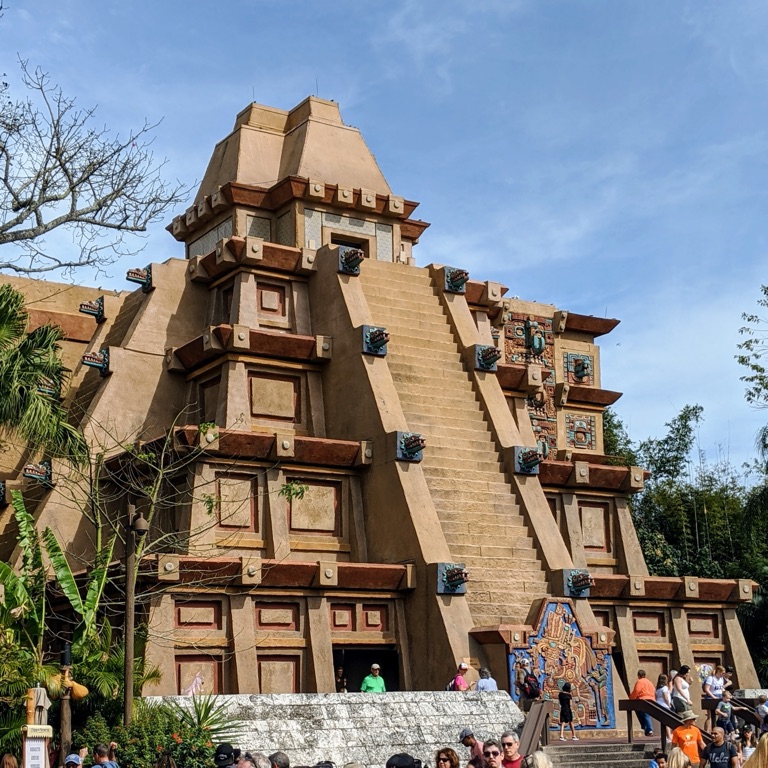
The Aztecs and Their Pyramids
Pyramids stand as monumental symbols of ancient civilizations, capturing the imagination and curiosity of people around the world. These structures are not only architectural marvels but also offer a window into the societies that built them. The Aztecs in Mesoamerica and the Egyptians in Africa constructed pyramids that have stood the test of time, each reflecting their unique cultures and beliefs. This article aims to compare the pyramids built by these two civilizations, highlighting their construction methods, purposes, and cultural significance.
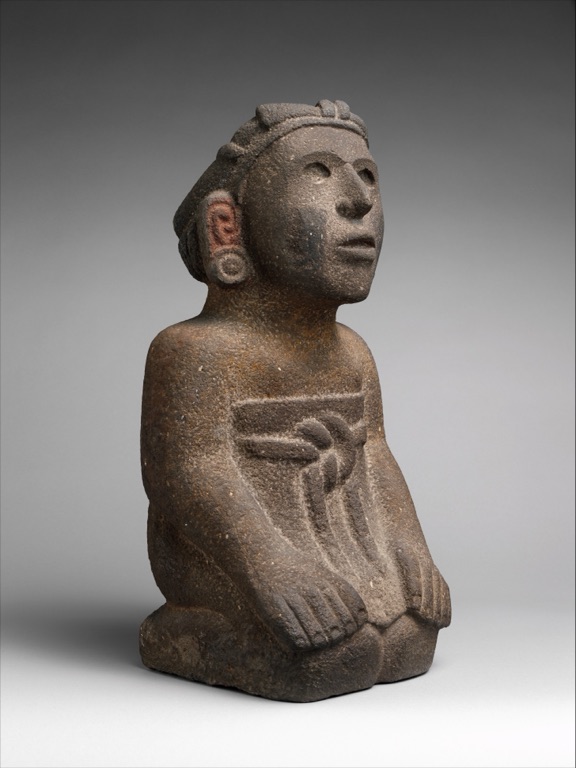
Aztec Civilization: Origins, Beliefs, and Modern-Day Legacy
The Aztec civilization was a vibrant and influential culture that flourished in central Mexico from the 1300s until the 1500s. They built impressive cities, farmed using advanced techniques, and created a rich tapestry of traditions. This article will explore the Aztecs’ beginnings, their spiritual beliefs, their empire’s growth, and their lasting impact on today’s culture.

